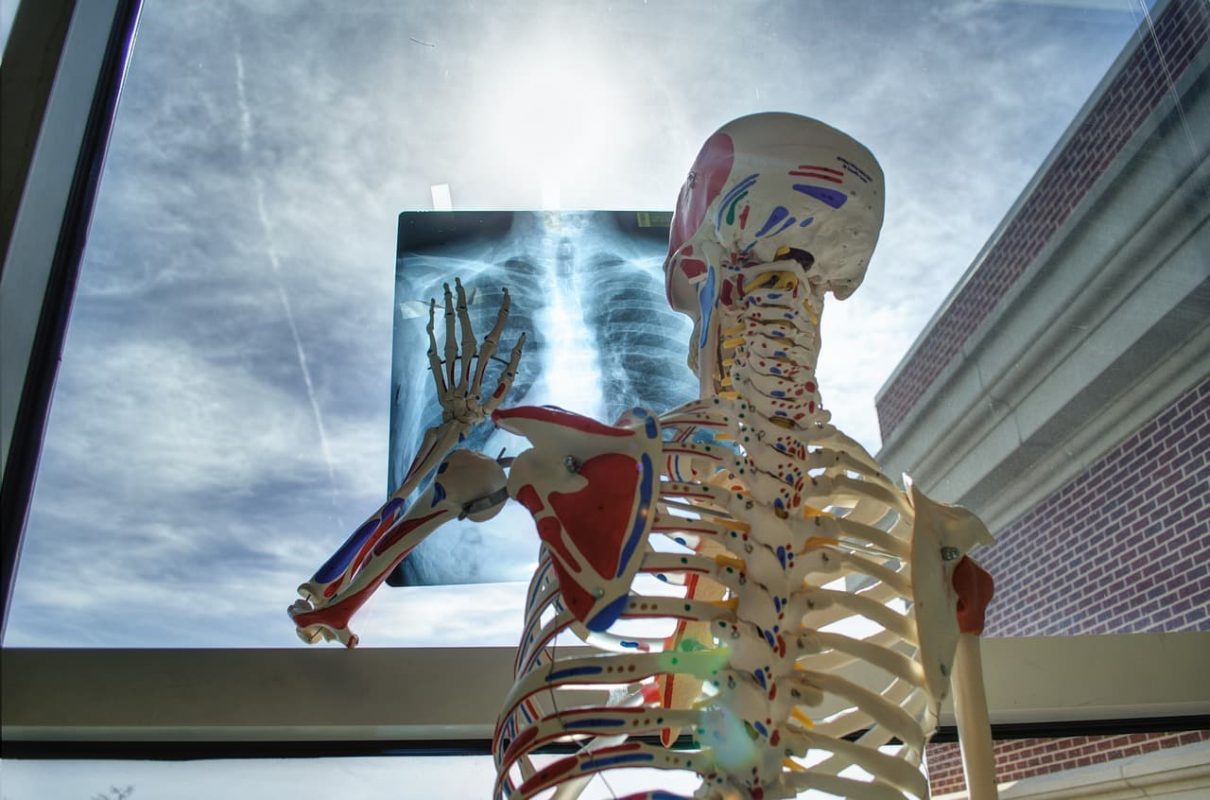A research team led by the Stanford University School of Medicine has confirmed the safety of intravenously-administered microbubbles for ultrasound-guided cancer detection, resulting in optimism for a future of greater diagnostic precision with fewer unnecessary biopsies.
The novel study led by Jurgen Willmann MD, a professor of radiology at Stanford, was published online in the Journal of Clinical Oncology in March 2017.
What was the study all about?
For the study, 24 women with ovarian tumors and 21 women with breast tumors were intravenously injected with microbubbles.
Minutes after the infusions – using regular ultrasound technology – researchers could readily and clearly see that the bubbles had latched onto blood vessels within the tumours.
Microbubble technology is not new, but the Stanford study deployed specially designed, targeted contrast microbubbles that have a high affinity for attaching to receptors called KDR or kinase insert domain receptor(s). These receptors are present only in cancerous tissue.
One of the keys to understanding the link to “fewer or unnecessary biopsies” lies in the fact that today’s ultrasound technology can certainly detect lesions of concern but many of these turn out to be benign.
Smaller than red blood cells, microbubbles are gas-filled spheres with a phospholipid coat; the same material human cell membranes are made of.
While the study was a necessary preliminary step to determine safety and feasibility in humans, the researchers believe they have established a foundation that could eventually help millions of people avoid unnecessary biopsies.
Written by: MaryAnne Pankhurst
Study Title: Ultrasound Molecular Imaging With BR55 in Patients With Breast and Ovarian Lesions: First-in-Human Results
Journal of Clinical Oncology http://ascopubs.org/doi/abs/10.1200/JCO.2016.70.8594
Authors: Jürgen K. Willmann, Keerthi S. Valluru, Amelie M. Lutz, and Sanjiv S. Gambhir, Stanford University, Stanford, CA

